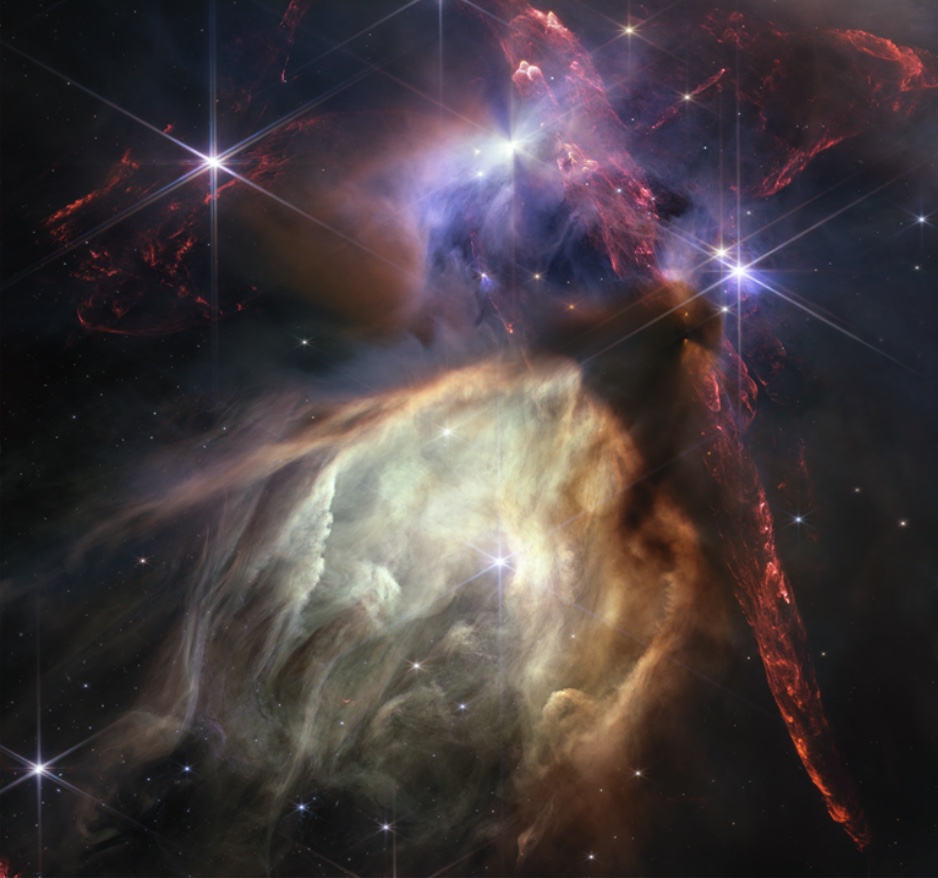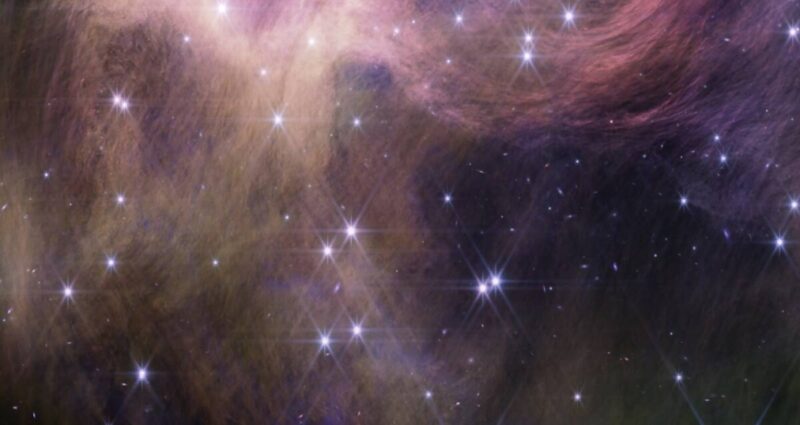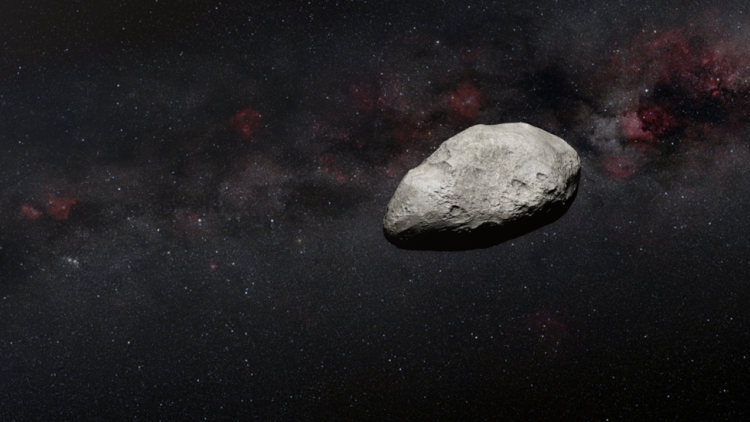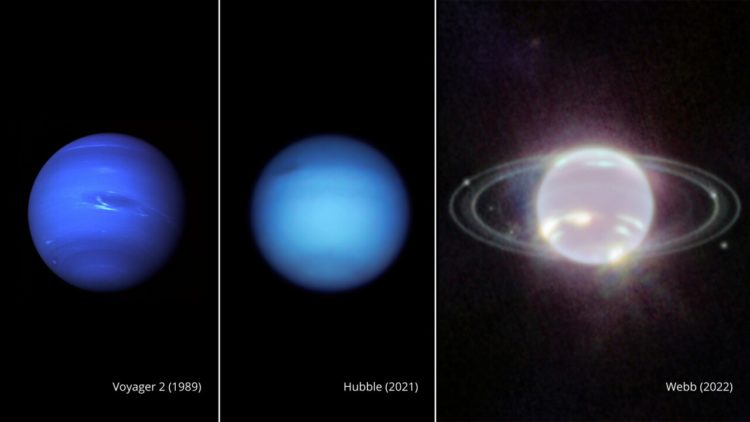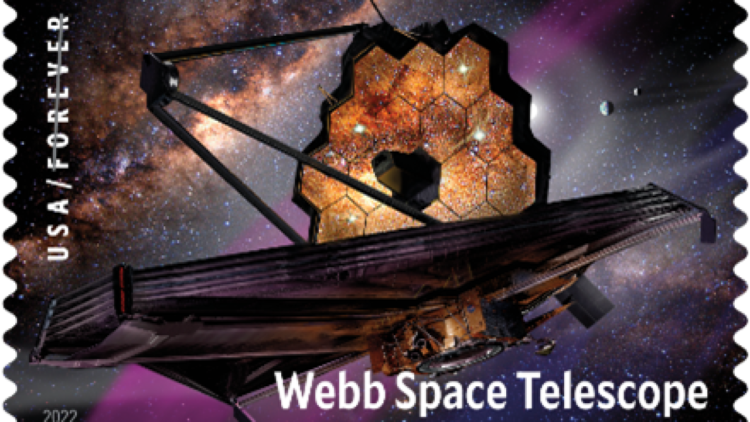See the Webb telescope’s stunning new look at a distant neighbor
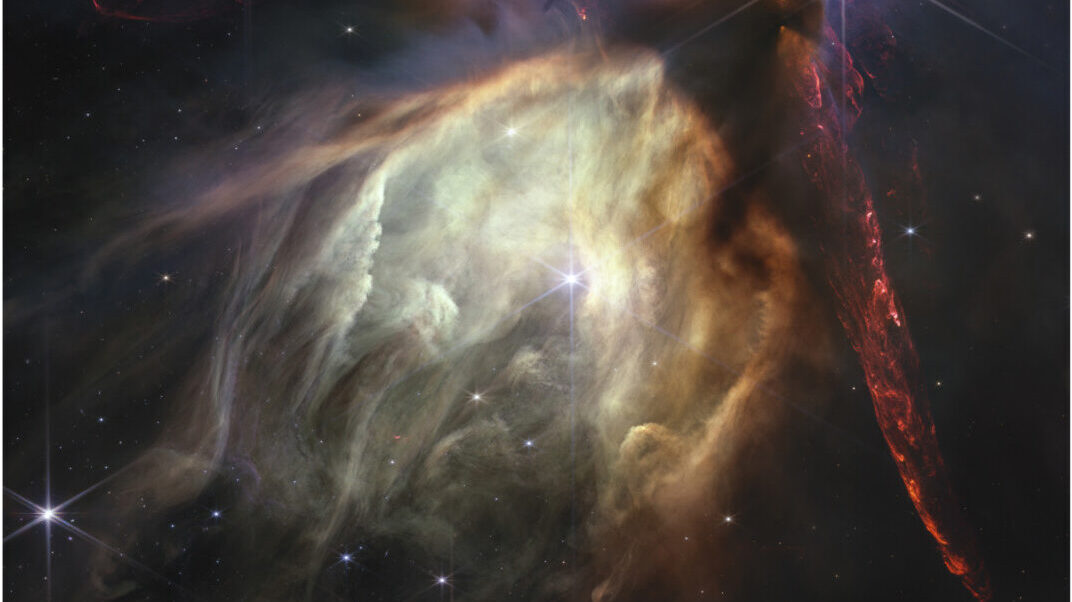
The massive James Webb Space Telescope cost over $10 billion, and today NASA released a photo that shows just what kind of power that money can buy. The image is a lush view of the Rho Ophiuchi cloud complex, showing in vivid detail the process of new stars and even planets being formed.
The picture was released along with a statement by NASA celebrating the “completion of a successful first year” of the telescope. The image is just one of many glimpses into space that the Webb Telescope has been giving researchers and the general public since it launched into orbit in late 2021, but it’s nonetheless a powerful view — especially when you consider that the Rho Ophiuchi cloud complex is 390 light years away from Earth.
Even at such a distance, scientists consider the region to be a neighbor of sorts to our solar system. It contains about 50 stars in their formative years, some as large as our own sun. The Webb photo shows this area, with the darkest portions of the cloud indicating the highest concentration of protesters, which are still forming. The reddish splashes are massive jets of molecular hydrogen, released by some of these stars as they form.
MORE: Scientists just captured a rare image of Uranus’ rings
NASA also released a video tour that explains some of the details you can see in the image.
“An engineering marvel built by the world’s leading scientists and engineers, Webb has given us a more intricate understanding of galaxies, stars, and the atmospheres of planets outside of our solar system than ever before, laying the groundwork for NASA to lead the world in a new era of scientific discovery and the search for habitable worlds,” said Nicola Fox, associate administrator of NASA’s Science Mission Directorate.
Along with images like these, the telescope has allowed researchers to confirm the distance of some of the most distant galaxies we’ve ever seen. Webb has discovered ancient, distant supermassive black holes and has identified the composition of atmospheres on other planets. It has also allowed astronomers a look at the atmospheres of rocky exoplanets and discovered the chemical makeup of stellar nurseries.
Construction on the James Webb Space Telescope began in 2004, and it was finally completed in 2016 after numerous delays. The first full-color images from the orbiting telescope were released to the public on July 12, 2022.
MORE: Scientists use Webb Space Telescope to find three of the smallest brown dwarf stars ever seen


